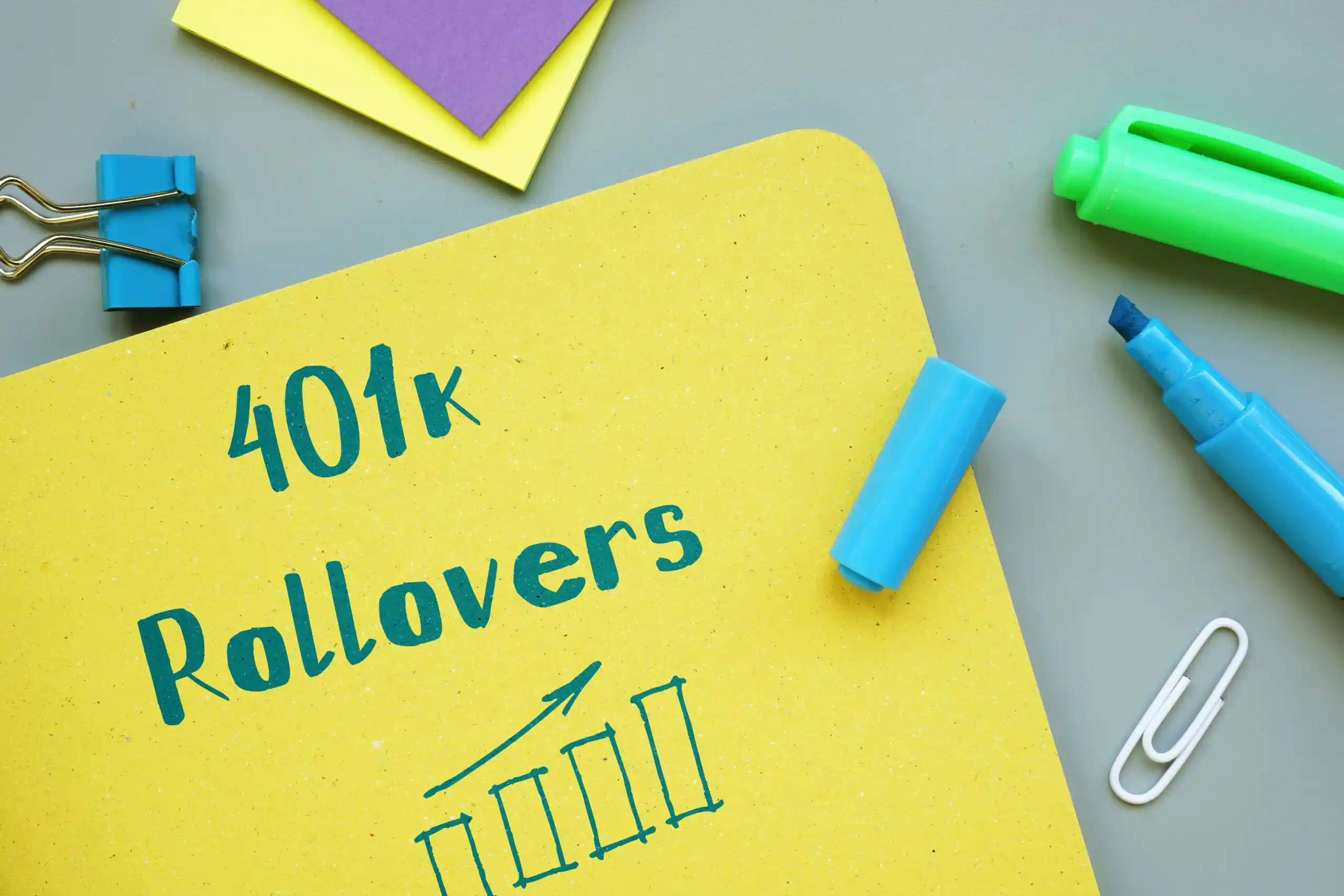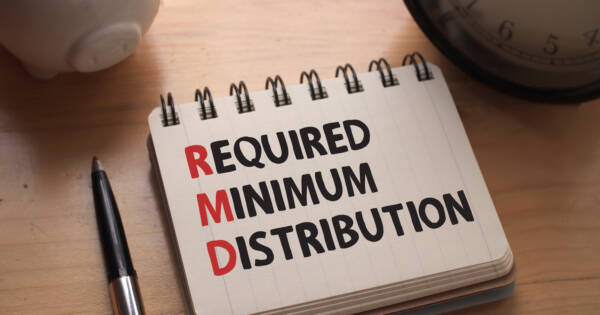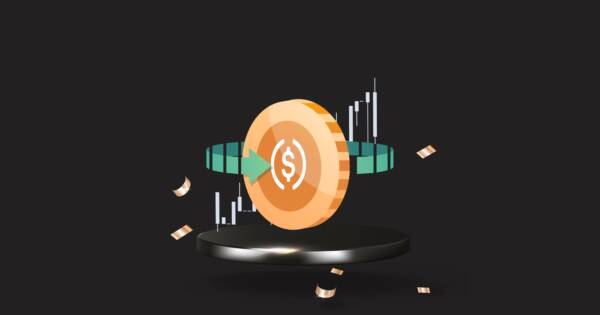Ah yes, the complicated and annoying 401(k) rollover. It’s yet another aspect of modern adulthood that our parents (and grandparents) generally didn’t have to deal with. It can be a hassle to figure out the tax consequences surrounding 401k retirement accounts — especially when changing jobs. However, it’s definitely an important task, and one that can cause a great deal of confusion. If you find yourself starting a new job and facing the option of a 401k rollover, don’t panic. Here’s what you need to know about handling your old (and potentially new) 401(k) accounts.
Don’t Cash Your 401k Out
Cashing out is a big mistake. By and large, the most popular option for dealing with an old employer 401(k) is to cash it out once you stop working there. Sure, it’s understandable why so many people choose this option. The amount of money available can be awfully tempting. It also means avoiding the difficult decisions necessary to roll over the plan.
However, getting a check cut from your 401k is an expensive proposition. First of all, your employer must withhold 20% off the top to send to Uncle Sam. And that’s just a down payment. You could owe much more than 20% in tax liabilities. That’s because any withdrawal is taxed at ordinary tax rates, which can run as high as 37%. On top of that, the IRS will charge you a 10% early withdrawal penalty if you’re under age 59 and a half. And let’s not forget about state taxes, depending where you live. They can come with their own penalties too. For example, I live in California. It has a top state tax rate of 13.3%. (Actually, 12.3% as the maximum rate. But for incomes above $1 million, these taxpayers must pay an additional 1% to fund mental health services in the state.) They also charge a 5% early withdrawal penalty on top of that. The taxes and penalties for taking the cash can add up quickly.
Now don’t fret if you already had your old employer cut you a check. You may still be able to avoid the penalties by putting the money back to a qualified retirement plan within 60 days. Known as the 60-day rollover rule, the IRS won’t charge you taxes or penalties as long as you deposit the funds you received back into a qualified plan or IRA.
Don’t Just Leave Your 401k Funds Behind
Leaving your funds behind is only advisable in certain circumstances. Some people who leave their 401(k) accounts behind with their previous employers simply forget about them. Don’t worry, it’s still legally yours. But there are serious disadvantages to just leaving it. For starters, you won’t be able to make any adjustments to where the money is invested. Secondly, (and perhaps most importantly) you’ll stop actively adding more money to the savings. Lastly, a lot of people do seriously forget about it altogether. Don’t do that! It’s your money!
However, for some individuals, leaving that money behind can be a good idea. If your former employer’s plan is a particularly good one, for example, you can keep that plan as a part of your overall portfolio. Just start sending regular contributions to a new retirement vehicle. There’s no reason you can’t save in more than one place, after all.
Holding your 401k funds at your former employer’s investment brokerage can also provide you additional investment options you might not have available at your new employer. If your previous employer has some particularly well-performing funds available to you, leaving your money there might make smart financial sense. Be sure to check in on it regularly (taking a peek at your quarterly statements might be enough). Just don’t forget about it as part of your overall retirement planning efforts. This money might figure into your overall financial picture in a material way.
Go Ahead With That 401k Rollover
Rolling over into your new employer’s 401(k) is an easy solution. One of the nice aspects of doing a straight rollover from one 401(k) to another is that it will make both the decisions and the paperwork somewhat easier. You generally don’t have to worry about investment minimums with employer sponsored 401(k)s. That means you can properly diversify your account, even without a huge initial investment.
However, using your employer’s 401(k) plan means that you are stuck adhering to the plan’s rules. For many employees, that’s not exactly a drawback. The flexibility and choice offered by IRAs, in contrast, can be overwhelming to casual investors. If your head spins at the idea of having to choose between multiple investment options, simply roll your funds over into your new employer’s plan. It’s a very good way to make sure you’re actively saving for retirement — without becoming paralyzed by too much choice.
Consider Using a 401k Rollover to Start an IRA
On the other hand, maybe you want all those choices. A rollover into an IRA gives you more control over your retirement money. This option is completely fee and penalty-free. It will likely give you many more options for your money compared to a new 401(k) does. For those who want a tighter rein on where their money is invested, this can be an excellent option.
An IRA rollover is also a fairly simple transaction. There is a form to fill out (of course), but it can often be done electronically. Also remember that IRA custodians love helping you with rollovers, because it’s new money that’s being invested with their firm. Take advantage of their enthusiasm by asking for their help if you need it. It’s also worth asking if there are any bonuses for transferring new money to their firm. Once the transfer is completed, the money then goes directly from your 401(k) to your IRA.
Another benefit of rolling all your 401(k) money into an IRA is that you’ll have fewer accounts to manage. Imagine not rolling over any 401(k) accounts whenever you change jobs. Eventually, you’ll have retirement accounts all over the place, since you’ll create a new 401(k) every time you have a new gig. If you always choose to roll your money into an IRA, you get to keep your money in one easy to manage place.
Finally, it’s important to remember that IRA money can also be used for educational expenses. That is not the case for money in a 401(k). While you will have to pay taxes on the money you withdraw from your IRA for schooling, you do avoid the early withdrawal penalty.
Start a New 401(k) Though
Whenever you do start a new job, it’s always worth taking part in their 401(k) program. Yes, even if you rollover your old accounts into an IRA. Many companies offer some sort of contribution matching, which is free money that you should always take advantage of. Plus regular contributions coming off your paycheck makes continuous saving convenient and easy. Spend the time to set it up, and then put it on autopilot. Just check in once in a while to make sure your chosen investments are producing a return. If they are, great. If not, switch them out for something better.
The Bottom Line
Whether you are a hands-on investor or break out in hives just thinking about your retirement accounts, it’s important to decide what to do with your old 401(k) when you leave a job for any reason. The worst thing you can do is to do nothing. As mentioned, you may completely forget that you had money in that account after a while. It’s not that the money will be lost forever. It’s just that it may be transferred to some custodian that just keeps it all in cash for decades, without it ever growing. You may also not know the money exists when you need it most. That doesn’t do you any good.
No matter your comfort level, you can find a good home for your former employer’s 401(k). Make sure that money will continue to work for you for years to come. Remember: the money is absolutely yours. Treat it with care and let it grow as much as it can. For most of us, retirement is already going to be a tough goal to reach. Don’t handicap yourself by neglecting you 401k rollover options.
 Shutterstock
Shutterstock







